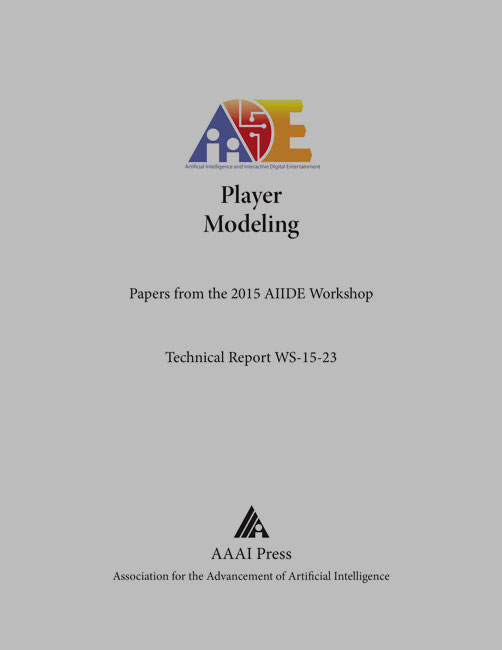Modeling Leadership Behavior of Players in Virtual Worlds
DOI:
https://doi.org/10.1609/aiide.v11i5.12844Keywords:
computational, automated models, computational social scienceAbstract
In this article, we describe our method of modeling sociolinguistic behaviors of players in massively multi-player online games. The focus of this paper is leadership, as it is manifested by the participants engaged in discussion, and the automated modeling of this complex behavior in virtual worlds. We first approach the research question of modeling from a social science perspective, and ground our models in theories from human communication literature. We then adapt a two-tiered algorithmic model that derives certain mid-level sociolinguistic behaviors--such as Task Control, Topic Control and Disagreement from discourse linguistic indicators--and combines these in a weighted model to reveal the complex role of Leadership. The algorithm is evaluated by comparing its prediction of leaders against ground truth – the participants’ own ratings of leadership of themselves and their conversation peers. We find the algorithm performance to be considerably better than baseline.

